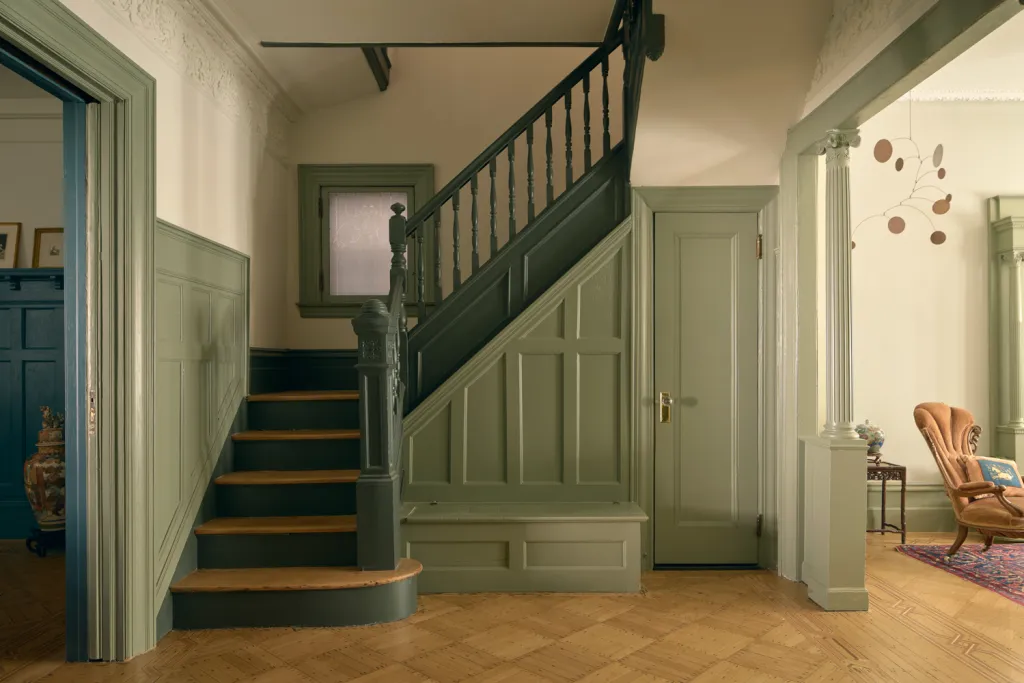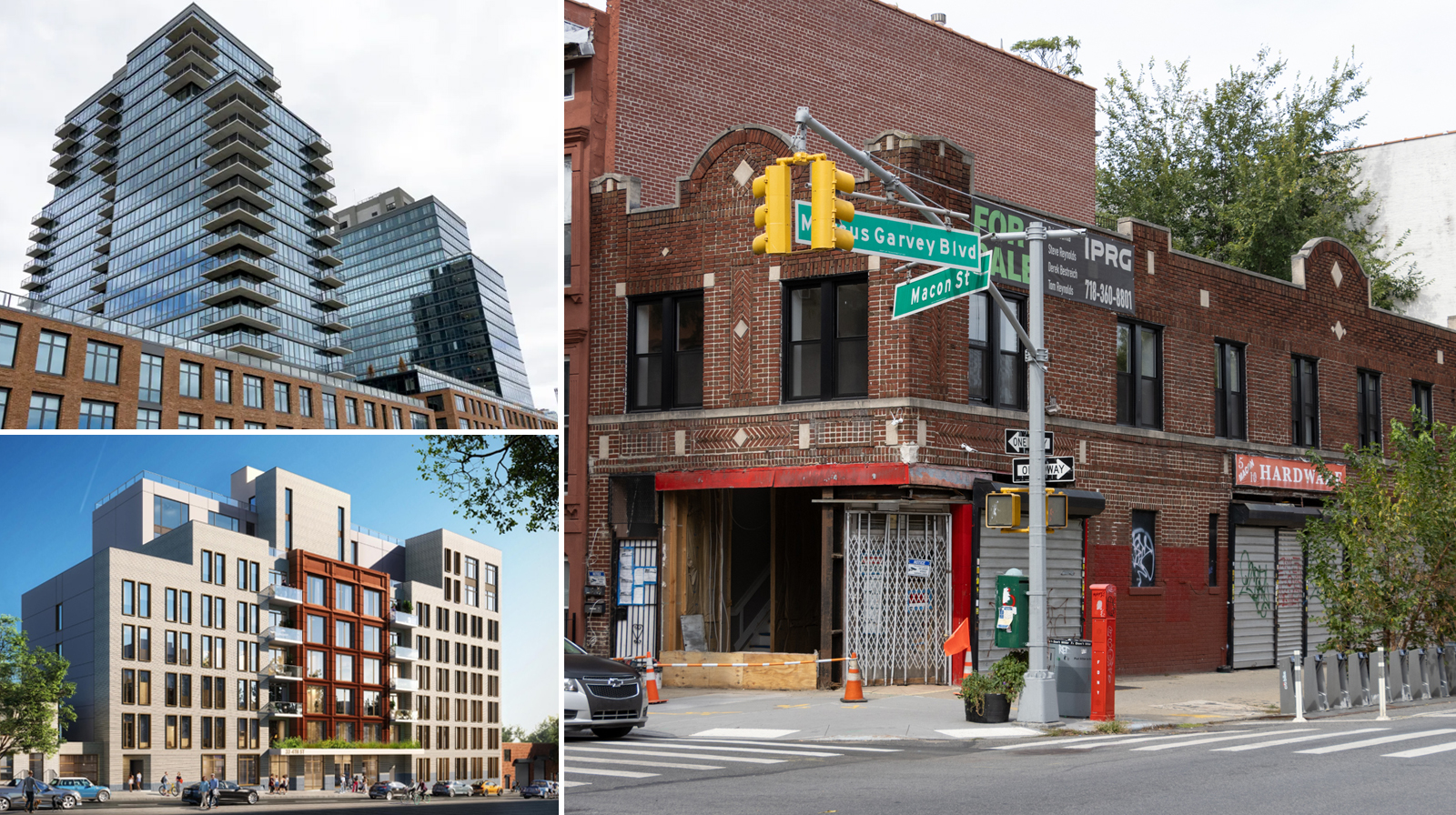Council OK's 'Full-Court Press' Against Slumlords
To date, the city has had limited powers to force negligent landlords to bring their buildings up to code. That changed yesterday when the City Council passed the Safe Housing Act which empowers (requires, actually) the Department of Housing Preservation and Development to identify 200 problem buildings a year and go after their owners to…

 To date, the city has had limited powers to force negligent landlords to bring their buildings up to code. That changed yesterday when the City Council passed the Safe Housing Act which empowers (requires, actually) the Department of Housing Preservation and Development to identify 200 problem buildings a year and go after their owners to make repairs. Under the bill, if an owner does not comply, the city may do the improvements itself and send the owner the bill. If he refuses to pay, the city may place a lien against the house and ultimately seize the property. This bill is a full-out, governmental full-court press against slumlords in the city of New York, said Christine C. Quinn, the City Council speaker. The scope of the bill, which was sponsored by Letitia James, includes not only smaller, short-term problems like a faulty radiator but entire system upgrades. Mayor Bloomberg is expected to sign the bill within the next 30 days and become law within the next six months.
To date, the city has had limited powers to force negligent landlords to bring their buildings up to code. That changed yesterday when the City Council passed the Safe Housing Act which empowers (requires, actually) the Department of Housing Preservation and Development to identify 200 problem buildings a year and go after their owners to make repairs. Under the bill, if an owner does not comply, the city may do the improvements itself and send the owner the bill. If he refuses to pay, the city may place a lien against the house and ultimately seize the property. This bill is a full-out, governmental full-court press against slumlords in the city of New York, said Christine C. Quinn, the City Council speaker. The scope of the bill, which was sponsored by Letitia James, includes not only smaller, short-term problems like a faulty radiator but entire system upgrades. Mayor Bloomberg is expected to sign the bill within the next 30 days and become law within the next six months.
Council Passes Bill Enabling City to Fix Worst Buildings [NY Times]
City To Get Tough On Negligent Landlords [Brownstoner]
Photo by dubsyuhs





I’m not a housing lawyer but I don’t see the MCI risk, If teh City goes in and fixes a ceiling, or an electrical circuit, or some plumbing, so that it is restored to its proper, non-violative condition, that is not an improvement. If the City, or the landlord, replaces water damaged oaf floorborads with new mathcing oak floorboards, is that an improvement in the legal sense? Seems to me MCI means an upgrade, not a repair. Housing lawyers, am i right?
Yes the tenants can contest but if the LL follows the guidelines on useful life and documentation of costs – the tenants will fail.
The increase is 1/84th/# of rooms. Which works out to be a 14% a year return (although you can only add 6% ea year so then you carry it over – so the effective return is slightly less) BUT this only reflects income return but there is also a huge return in terms of capital gains. Using RR multiplier -currently the RR multiplier is around 10x for many RS buildings in Brooklyn. So if by way of example, if I put a new $100,000 roof , within about 2+yrs I will have been able to pass the cost on by way of a $14,200 annual RR increase (which ignores that ordinary lease renewal % will be off this higher rent), so then if the multiple stays the same I will be able to sell the building (or refinance it) at 10x $14,200 which means $142,000 increase which = a 42% return on my money in about 2yrs, and if you dont sell you still are getting a 14% return on the $ invested on a new roof (forever).
BTW the RR multiplier is just a rough tool, in practice given current cap rate valuation methods the return would be even higher.
The reason why ‘good’ LL dont want to buy distressed properties from true slumlords has nothing to do with the economics of getting rent increases for MCI’s and everything to do with the fact that slumlords generally have the worst possible tenants in their buildings. Therefore even if you improve the building, your going to lose a fortune in lost rents, legal fees and aggravation b/c the housing courts will generally side with the tenants (especially when the deadbeat tenants know how to work the system – which they often do).
BTW all this is no secret, which is why you now see institutional money being put into portfolios of RS properties. (i.e see Blackrocks recent purchase of 300M portfolio of RS buildings in the Bronx for one of many examples)
My theory is that the rent regs were all written by lawyers and pols, the kind of guys who know absolutely nothing about how buildings are built or how they age. Their thought is that a building is inert and just lasts forever unless you do something bad to it.
Is this law or program designed to do anything about abandoned buildings, though? What about those? Like the one owned by the crazy lady on 7th Avenue and 2nd Street in Park Slope. If there are no tenants currently living in the building, it sounds like this Safe Housing Act doesn’t apply to buildings nobody is currently living in. Which stinks. Abandoned, neglected, dangerous, eyesore buildings need to be addressed too.
RC/RS = slums. The city needs to get its head around this equation. It is immutable no matter how many other laws are piled on top as band-aids.
blah blah blah, the city is always talking tough when it comes to landlords. But the really tough landlords don’t give a rat’s ass.
However, if you are a decent landlord trying to do the right thing, they will eat you up and spit you out in little pieces.
The city has designed all its tenant-landlord regs with only the absolute worst type of slumlord in mind, the result is, in a strange self-fulfilling manner, that only the worst kind of landlord stand the test of time in this town. You have to be a bribe-giving, limb-threatening, SOB thug to gain the respect, and fear, of the bureaucracy and the pols.
It’s really unfair to blame rent regulation laws for poor building maintenance. Many landlords spent years neglecting their buildings into their current condition rather than having them just sort of decay. They watched as the conditions got worse and worse and were never repaired and now tenants are supposed to have sympathy for these people because their inaction caused exactly the problems that any tenant or building professional would have warned them about? No way.
Buildings don’t just decay randomly and for no reason. Stairs break because landlords don’t repair them properly, roofs leak because the roof was installed improperly etc…
What really needs to happen is the inspection of buildings before their problems become too large for the owner. The city should consider providing loans and education to landlords who don’t know how to take care of a building. The current regime is really like an emergency room when what we really need are more checkups.
David –
What you say is not totally true. MCI’s can be contested by tenants. The MCI increases are also not that much. I have run the numbers on RS/RC buildings. The best you can do is if you can free up an apartment and renovate it but just MCI’s alone are in some situations (where the rents are very below market) not going to help you that much. Plus an elderly or disabled tenant is still protected from the MCI increases. Landlords are not stupid, if they aren’t doing the MCI its b/c it simply isn’t profitable.
This law will do nothing to help the slumlord problem, b/c when the building is foreclosed by the city and they go to auction it off only another slumlord will buy it b/c no one else could make any money from these buildings. In the interim taxpayers will be financing the renovation of these buildings.
Does anyone want to buy all of my rent stabilized buildings before the city ends up taking them over? Honestly, that’s what’s going to happen as a result of this. The city is just going to end up taking over all the buildings it puts liens on.